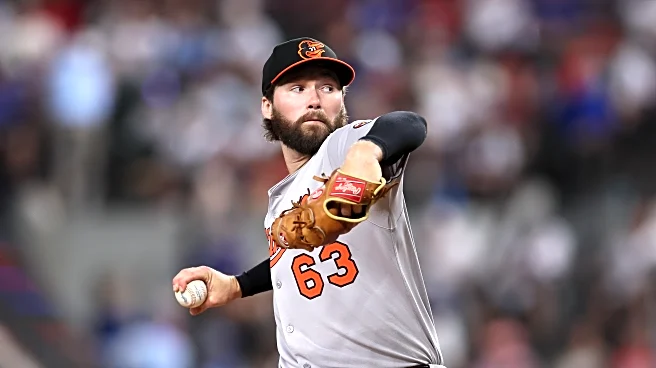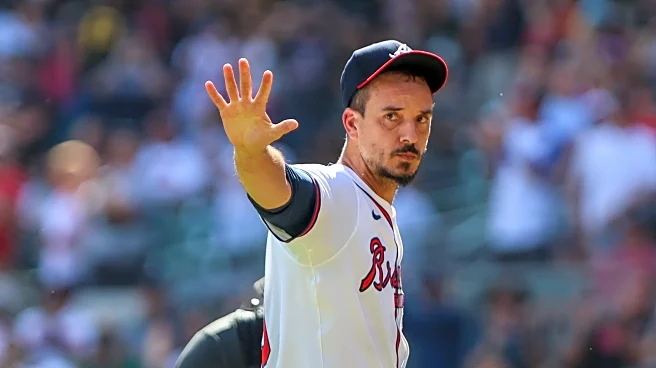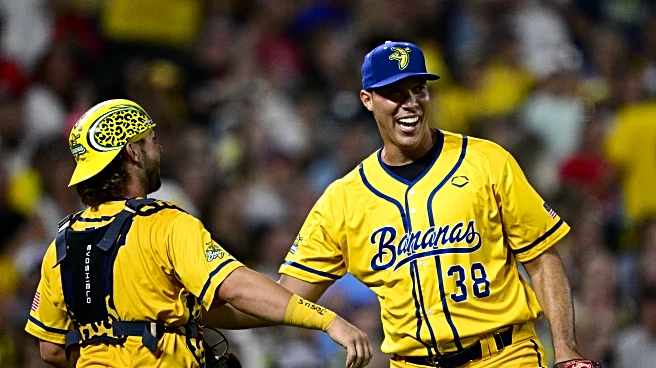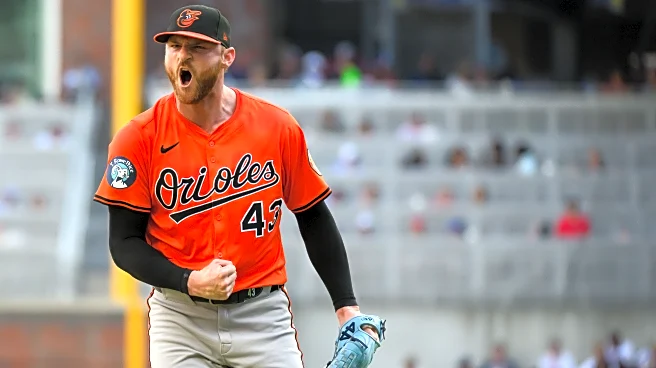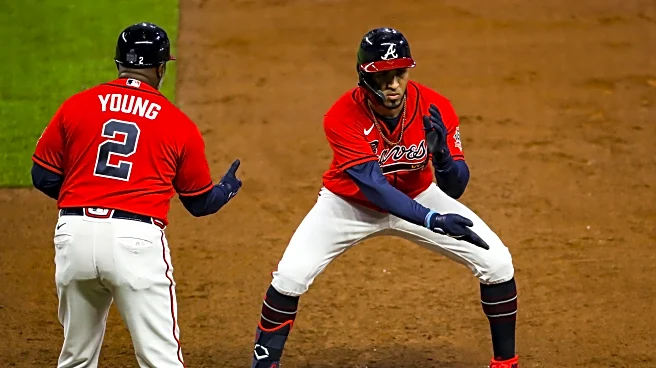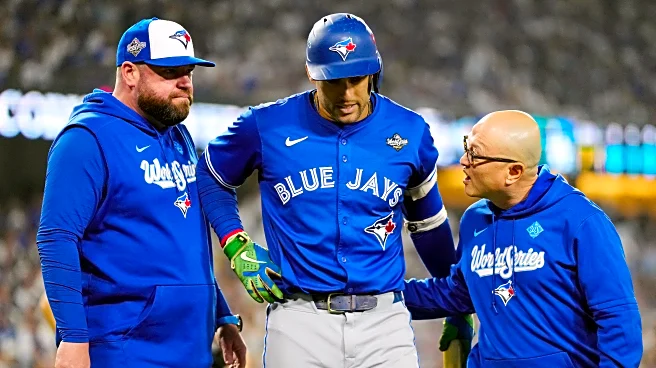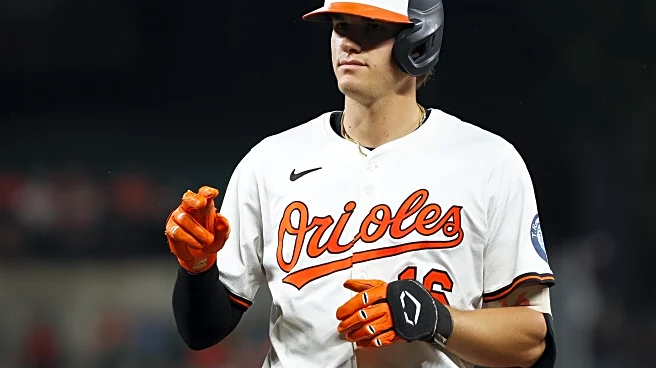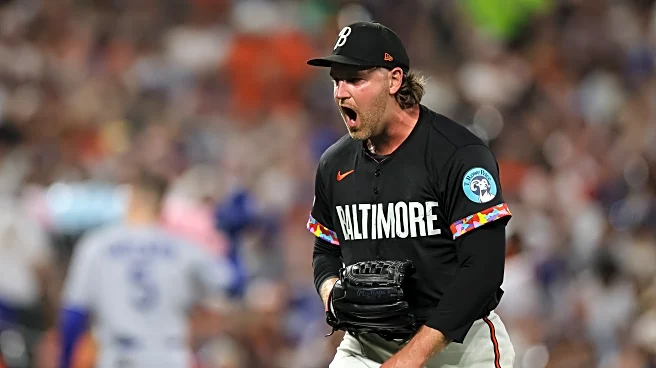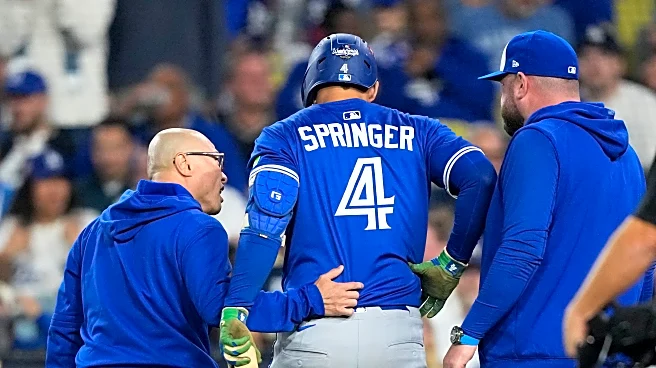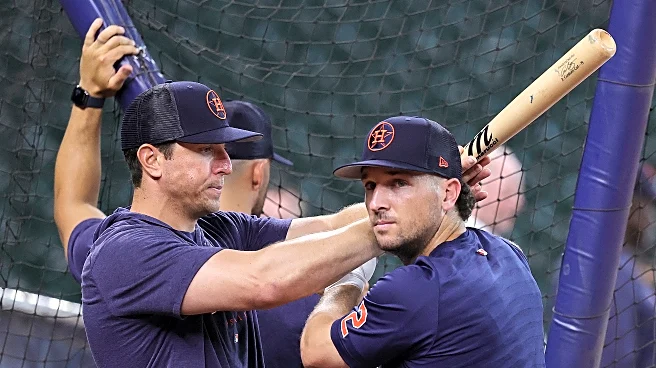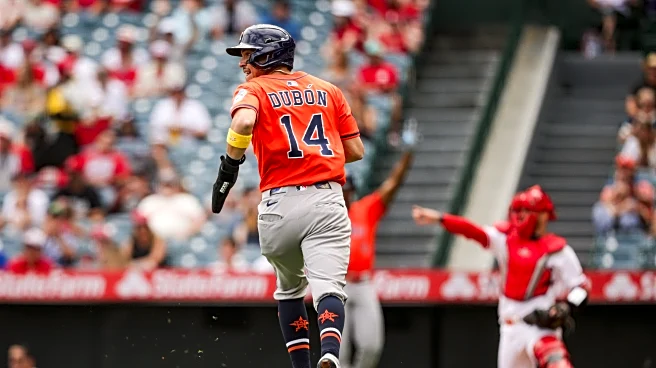The history of baseball is littered with players that, while not stars, managed to leave an indelible mark on a season, a team, or even the sport at large. While Brandon Young has not yet made it to that level
of cult hero, he was certainly responsible for some of the most memorable moments of the 2025 Orioles.
Young’s top line stats in his debut season are not going to wow anyone. In fact, they are rather ugly. Over 12 starts and 57.2 innings, he had a 6.24 ERA, struck out 7.34 per nine, and was worth -0.1 fWAR/-0.6 bWAR. The Orioles may have hoped to get a bit more out of their 2024 Jim Palmer Minor League Pitcher of the Year. But at least the 27-year-old got his feet wet on the big league stage and has laid a base for his career moving forward.
What will go down in the history books, however, were two of Young’s performances.
On July 9, the 6-foot-6 hurler was facing the Mets for his fifth career start. In the top of the fifth inning, he did something that only four Orioles pitchers had done before him. He threw an immaculate inning. The trio of Jesse Winker, Jeff McNeil, and Luis Torrens saw a total of nine pitches, all of them strikes, and the O’s rookie was out of the frame.
That inning showed off some of Young’s upside. He got whiffs from Winker and McNeil on his changeup, and he punched out Torrens with a 96 mph fastball. Clearly, he has the repertoire to get big league hitters out, and this was coming in the fifth inning, the deepest he had ever gone in a game to that point.
Young showed off that ability again in an August 15 start in Houston, a park he grew up attending as a fan. On that night, he didn’t just have one perfect inning, he had seven of them. The righty came within four outs of the 25th perfect game in big league history. Instead, he had to settle for eight shutout innings and the first win of his career. Not bad.
The high from that start would not last too long, unfortunately. Young faced the Astros again one week later. This time he allowed seven runs on nine hits, two walks, and only one strikeout. In that game he also strained his left hamstring and was put on the IL. A few days later, he was moved to the 60-day IL and shut down for the season, a tough end to an up-and-down rookie season,
The argument can be made that Young’s debut campaign was a bit better than his numbers may suggest. For example, his 4.41 xERA is nearly two runs better than his actual 6.24 ERA. There’s also a gap between his 5.35 FIP and 4.52 xFIP. The same goes for the difference between his .372 wOBA against and his .333 xwOBA.
In other words, Young was a little unlucky. No, he wasn’t amazing, but he pitched better than the back of his baseball card might suggest.
Oftentimes the killer for Young was home runs. He gave up 12 of them in just 57.2 innings of work. That works out to a rate of 1.87 homers per nine innings, and a home run per fly ball rate of 17.1%. Neither of those numbers are good! It puts him right next to Tomoyuki Sugano, who had almost identical metrics (1.89 HR/9, 15.6% HR/FB) across a full season, and led MLB in home runs allowed.
Perhaps Young needs to pare down his offerings? According to Baseball Savant, he threw six different pitches in 2025: four-seam, split, curve, cutter, slider, and changeup. That’s not a crazy amount for a modern starter, but he didn’t have success with many of them. If he could focus on fewer pitches, he may be able to really nail them.
The only two with neutral or positive run values were the four-seam and the slider. Those feel like the building blocks for his arsenal. The curveball has good characteristics as well, but may have tunneling issues to consider. His changeup was rarely used (4.6% of all pitches) and got ripped (87.5% hard hit rate). It gets far less vertical drop than league average, and Young leaves it in the middle of the plate too often. That could explain why left-handed hitters lit him up to the tune of a .315/.392/.543 batting line against. Despite its poor performance, it feels like Young has to improve the change heading into 2026 in order to be a viable starting option.
Young will broadly be considered an option for the Orioles’ Opening Day rotation heading into 2026. But that is more the result of being a starting pitcher on the fringe of the big league roster. The team is expected to pursue more proven starting options this winter to join Kyle Bradish, Trevor Rogers, Dean Kremer, and a (hopefully healthy) Grayson Rodriguez on the staff. If that happens, Young will be pushed back to Norfolk by default, or maybe a long man role out of the bullpen.
Regardless, Young is likely to become a familiar, if inconsistent, face in Baltimore for a few years to come. He has two option years remaining and won’t be eligible arbitration until the 2028 season at the earliest. As a fringy starter type, that sounds like a guy that should become a fixture on the Norfolk shuttle, capable of making spot starts or even filling in for a brief IL stint for a rotation member. While it may not be the sexiest role, that sort of competent depth is vital to an organization as it withstands the marathon of a 162-game season. It’s also impressive for an undrafted player to get to that point of usability in the first place. Maybe he will keep on exceeding expectations.
Tomorrow: Tyler O’Neill
